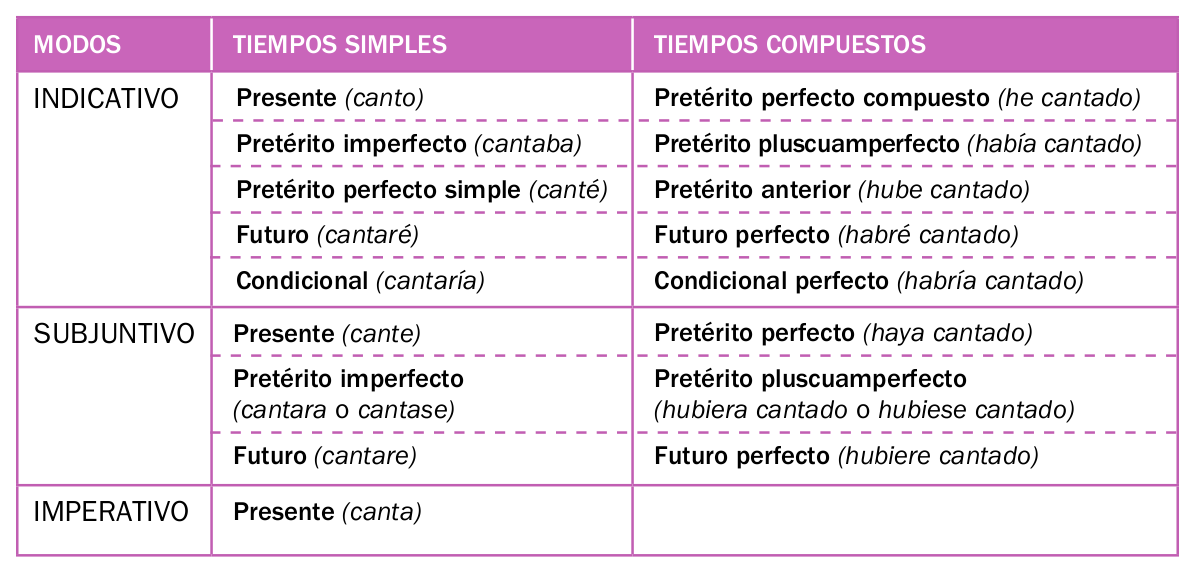Have you ever wondered about the different verb tenses in the Spanish language? Understanding the various verb tenses is crucial for effectively communicating in Spanish. Whether you are a beginner or an advanced learner, knowing how to use the different tenses correctly can significantly improve your language skills. In this article, we will delve into the different verb tenses in Spanish, their uses, and how to conjugate verbs in each tense.
Verb tenses in Spanish refer to the different forms that a verb can take to indicate when an action is taking place. By using the appropriate verb tense, you can convey whether an action is happening in the past, present, or future. Each tense has its own set of rules for conjugating verbs, so it's essential to familiarize yourself with these rules to speak Spanish fluently.
Whether you are writing an essay, having a conversation, or reading a book in Spanish, having a good grasp of the verb tenses will help you express yourself more clearly and accurately. So, let's explore the different verb tenses in Spanish and learn how to use them effectively in your speech and writing.
What are the basic verb tenses in Spanish?
How do you conjugate verbs in the present tense?
What is the difference between the preterite and imperfect past tenses?
When should you use the future tense in Spanish?
How do you form the conditional tense in Spanish?
Understanding the Present Tense
The present tense is used to talk about actions that are currently happening or habitual actions. In Spanish, regular verbs follow specific patterns for conjugation in the present tense. For example, for regular -ar verbs, you would remove the -ar ending and add the appropriate ending for the subject pronoun.
Irregular verbs, on the other hand, have unique conjugations in the present tense that do not follow the regular patterns. It's essential to memorize the conjugations of common irregular verbs to use them correctly in the present tense.
Exploring the Past Tenses
In Spanish, there are two main past tenses: the preterite and imperfect. The preterite tense is used to talk about completed actions in the past, while the imperfect tense is used to describe ongoing or repeated actions in the past. Understanding the difference between these two tenses is crucial for accurately conveying past events.
Mastering the Future and Conditional Tenses
The future tense in Spanish is used to talk about actions that will happen in the future. To form the future tense, you would add the appropriate ending to the infinitive form of the verb. Additionally, the conditional tense is used to express hypothetical situations or polite requests. By adding the appropriate endings to the infinitive form of the verb, you can easily form the conditional tense in Spanish.
Practicing the Verb Tenses
To become proficient in using the different verb tenses in Spanish, it's essential to practice regularly. Try writing sentences or engaging in conversations using each tense to solidify your understanding. With time and practice, you'll become more confident in using the verb tenses correctly in your Spanish communication.
Conclusion
Understanding the different verb tenses in Spanish is a crucial step towards becoming fluent in the language. By familiarizing yourself with the present, past, future, and conditional tenses, you can effectively communicate in various contexts. Remember to practice regularly and seek feedback to improve your language skills. ¡Buena suerte!
Discovering The Magic Of Elf Buddy
Unlocking The Secrets Of The Keystore File
Understanding Allowance In Taxes

Gramática básica Tiempos verbales

Tiempos verbales Qué tiempos verbales existen en Castellano

Los tiempos verbales cuáles son, tipos, modos y ejemplos